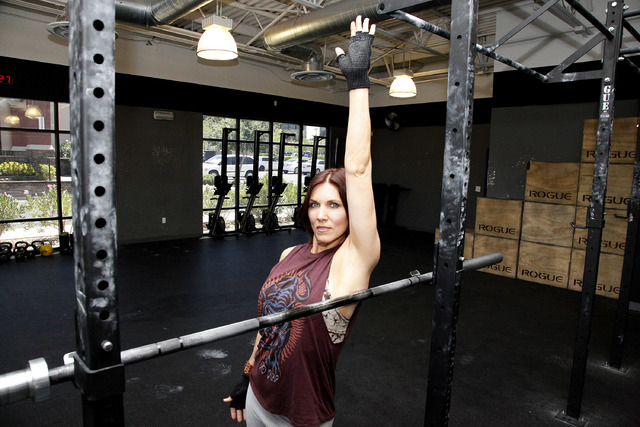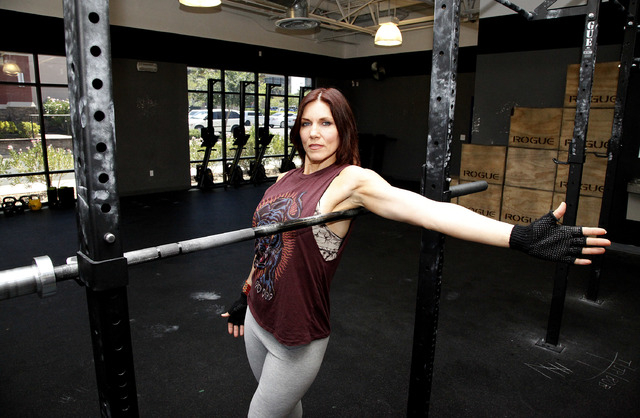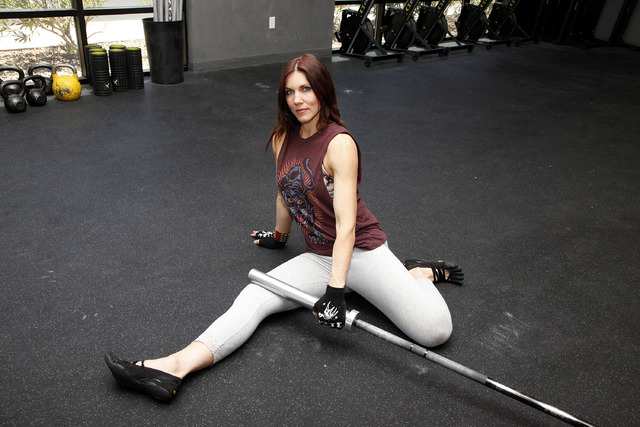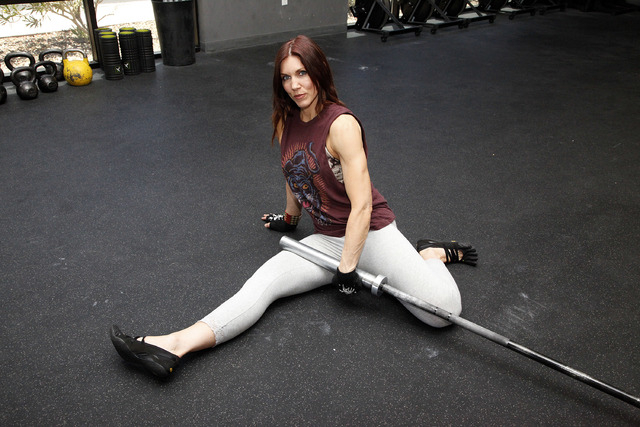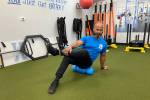Stop the neglect! Get sore muscles rolling they need
Have you ever neglected a major project so long that it became more complicated because you put it off?
I think of lawn care. If you go a few months without venturing outside you know you can expect a mess. In Las Vegas the lawn can either be overgrown or completely fried by the sun. Maybe a few dropper ends on the irrigation have fallen off and now you have a fountain instead of subtle watering system. The dog may have even shredded the cushions that used to adorn those once perfectly placed lawn chairs. Now those chairs have all been blown to one corner of the yard.
Similarly, the inner thigh and lat muscles are some large muscles that can be easily neglected. Especially when it comes to making sure they get the soft tissue work they require to stay loose. The longer you neglect them, the tougher it likely will be to get them in shape.
Foam rolling works well, but sometimes you don’t have access to a foam roller. In that case, look no further that the weight room. Barbells are a useful tool to help build strength. You can also use them to help relax tight muscles similar to foam rolling.
Instead of rolling yourself over the foam roller, you roll the barbell over the muscle. The barbell’s weight gives it the right amount of pressure; there’s no need to press any more firmly than what gravity already does. You can also adjust the pressure by lifting up on the barbell a tad if you find supertender areas.
Rolling’s purpose is finding tender areas that signify tightness in a muscle. Tight muscles can lead to painful joints, decreased performance and possibly injury. Pressure on the tender areas helps break up the myofascial adhesions that can cause tight muscles. Regular rolling helps maintain the length-tension relationship of major muscles.
Finding tender areas can hurt. If you neglect a large muscle such as an adductor (inner thigh) or a lat (attaches low back to arm), it can be very painful when first rolling it. I like to use the pain scale to help determine the best course of action.
On a scale of 1 to 10 where 10 is excruciating, I advise to not roll an area above an 8 in intensity. This kind of pain has an effect on the nervous system to try to preserve the muscle. Often the body protects itself by shortening the muscle. This shortening goes against the general purpose of foam rolling — to try to relax a muscle so it will return to a neutral state. So keep the rolling gentle.
If you find a supertender area, roll above it and below it. This will help it to relax so you can eventually address the specific area with less tenderness.
Do not roll barbells on joints. Rolling is for soft tissue not dense bones.
You can roll before and after a workout to help prime muscles before and reset muscles after movement. Rolling before should be brisk. The goal is to promote blood flow to the area. Blood carries all the things muscles need to perform and repair. After workouts or on rest days you can do more in-depth rolling. Focus on tender areas by rolling slowly and letting the barbell sink into the tissue.
After rolling always stretch. This helps to elongate the muscle to help restore length. See my earlier columns on stretches for these areas at www.lvrj.com/trainer.
Sometimes rolling is not advised. For example, if rolling makes a muscle worse, this can be a sign of an injury or more severe strain. Rolling should make the muscle feel better immediately. If you limp away after a rolling session then give yourself a few days and try gentle rolling after you have had three to four days to repair. If your issue continues, get a professional’s help.
Today’s barbell mash is for the adductor and lats. If you do a lot of leg work, your adductor may need some attention along with the front and back of the thigh. Lats can become tight from pullups and rowing.
Lack of movement also can cause these areas to tighten. Prolonged sitting can cause the hip flexor and adductor to tighten together. Sitting with a spine that is rounded forward can lead to tight lats.
Chris Huth is a Las Vegas trainer and can be contacted at 702trainer@gmail.com. No press releases please. Before beginning any exercise program, consult your physician.



